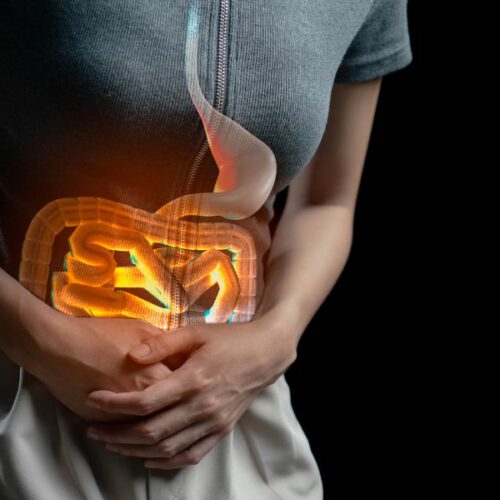In a previous survey, the US has reported that around 4.4% of adults use Bargain E-Juice. However, even though these have been sold in the US for about a decade, the Food and Drug Administration is yet to systemically review their impact on lung health. In the meantime, the evolving evidence brought on by vaping has raised concerns among the experts in the American Lung Association. So, what exactly are the harmful effects of e-cigarettes, particularly on the lungs? Let’s find out.
Dangerous Chemicals May Lead to Irreversible Damage
A 2018 consensus study report released by the National Academies of Science, Engineering, and Medicine previously stated that vaping causes health risks since e-cigarettes don’t just contain potentially toxic ingredients; they also emit them:

Propylene glycol and vegetable glycerin – These are the two primary ingredients in e-cigarettes and are considered toxic to cells. In fact, the toxicity becomes more severe the more these are in an e-liquid, as was found in a study from the University of North Carolina.
Acetaldehyde, acrolein, and formaldehyde – These are dangerous chemicals produced by e-cigarettes, and they can cause lung and cardiovascular diseases.
Even youths who use e-cigarettes are in danger of suffering from various lung conditions, such as coughing, wheezing, and increased severity of asthma.
The Risks of Secondhand E-Cigarette Vapor
The US Surgeon General and the National Academies of Science, Engineering, and Medicine have warned the public of the risks that come with inhaling secondhand e-cigarette vapor.
The Surgeon General revealed that secondhand vapors contain the following:
Nicotine
This is a highly addictive ingredient in other products such as chewing tobacco, cigars, cigarettes, and pipe tobacco. Its long-term effects include blindness, periodontitis, aortic aneurism, coronary heart disease, and stroke— just to name a few.
Nicotine is also toxic to developing fetuses and can impair adolescent brain development, which continues into the early to mid-20s.
Ultrafine Particles
These can be inhaled deeply and have direct biological effects, specifically on the cardiovascular system and the lungs.
Heavy Metals
Exposure to these increases the risk of cancer and damage to the lung tissue. Nickel, lead, and tin are some of the heavy metals found in e-cigarette emissions.
Artificial Flavorings
These have the potential to be respiratory hazards. For example, Diacetyl, an artificial flavoring, may result in impaired lung function and lung disease when inhaled frequently.
Volatile Organic Compounds
One study reports ethanol, acetonitrile, isopropyl alcohol, and toluene present in e-cigarette emissions. Another is benzene, which is usually found in crude oils and is frequently used in making some types of detergents, drugs, and pesticides. Benzene is also a well-known carcinogen that can cause leukemia.
E-Cigarettes vs. Regular Cigarettes
So, are e-cigarettes less harmful compared to regular cigarettes? Yes, they are.
However, this does not mean e-cigarettes are safe. Vapor from e-cigarettes usually contains fewer toxic chemicals than the 7,000 chemicals in smoke from regular cigarettes.
Yet, examining some of its ingredients above shows that it is not harmless; it can potentially lead to irreversible damage to one’s health.
The FDA has not found vaping to be a safe and effective way of helping smokers to quit. In fact, many adult e-cigarette users continue to use both electronic and regular cigarettes.
Considering this, the FDA recommends consulting with their doctor on the best way using proven methods and treatments and counseling approved by the FDA.
Conclusion
E-cigarettes may be less harmful than traditional cigarettes, but they still pose risks to one’s health. Because of this, it’s best to still be careful if you choose to vape instead.




